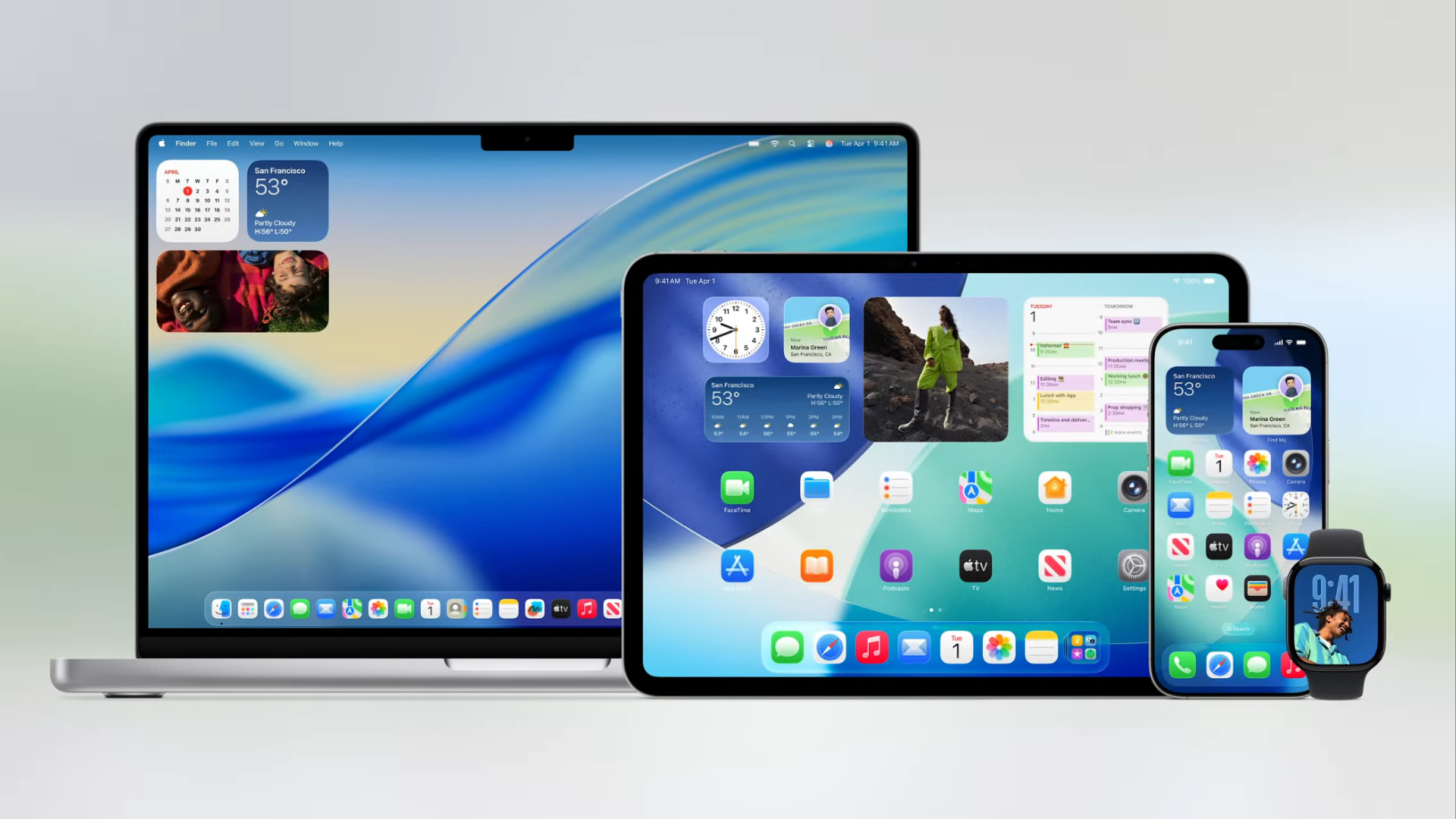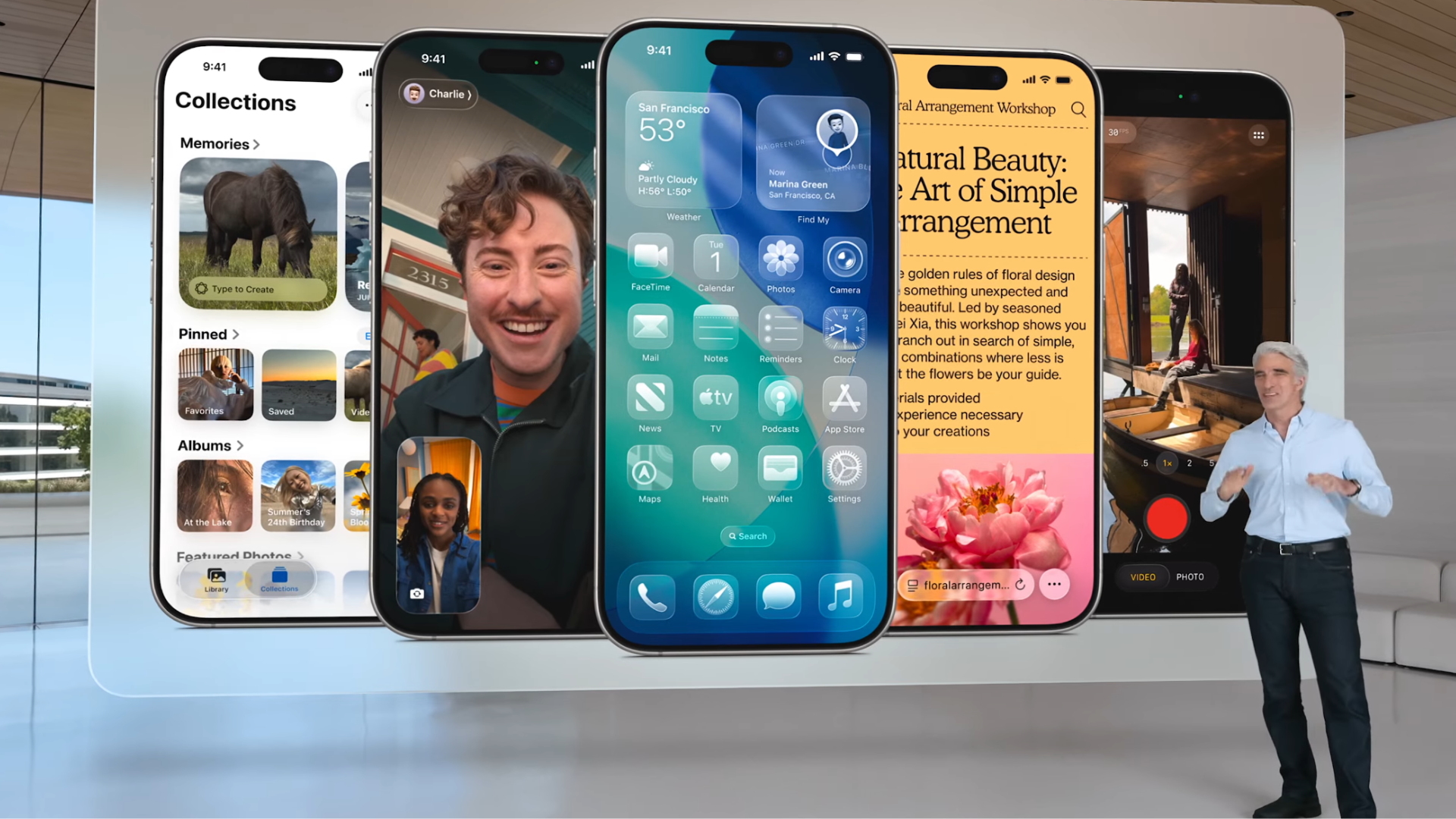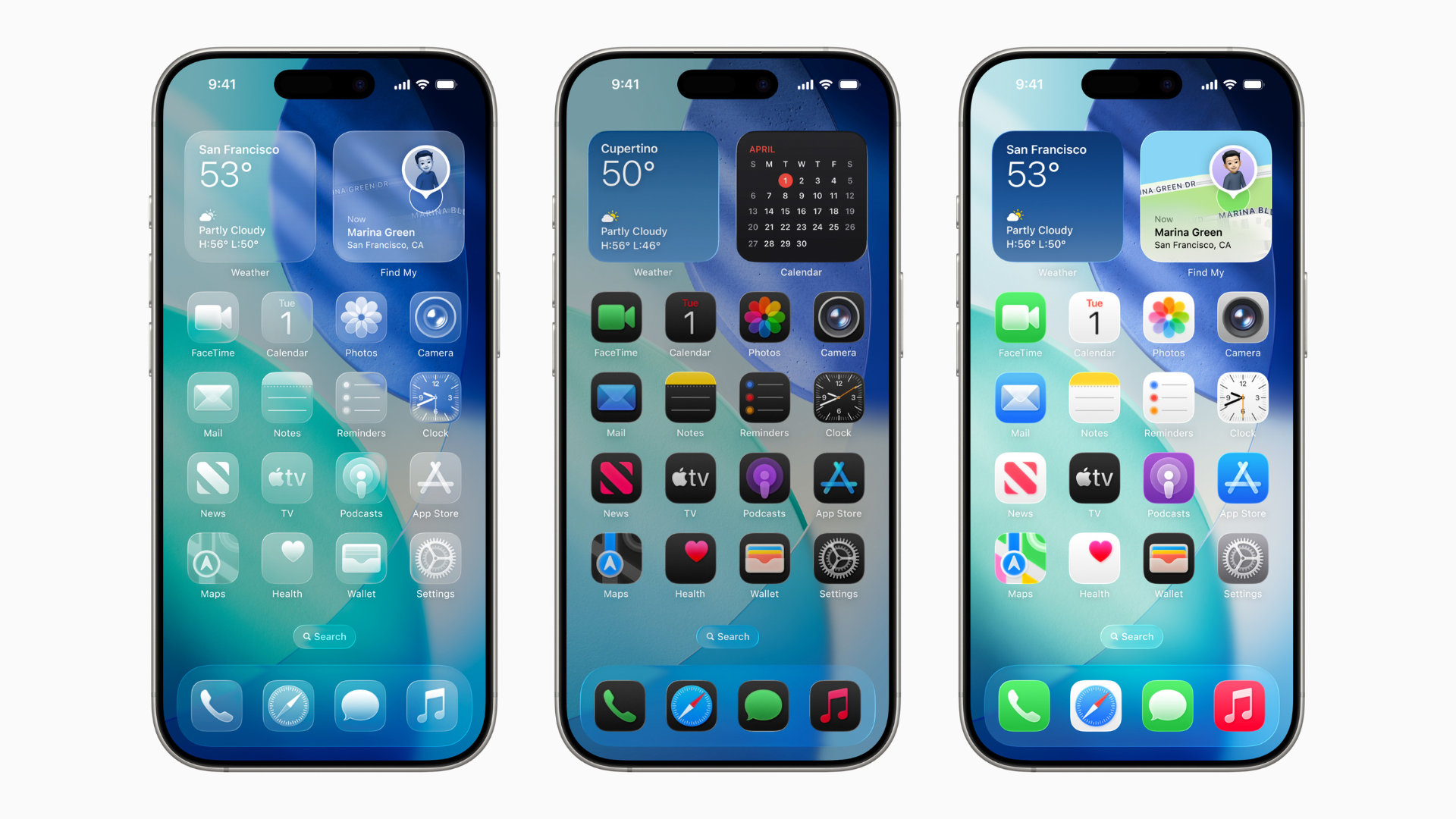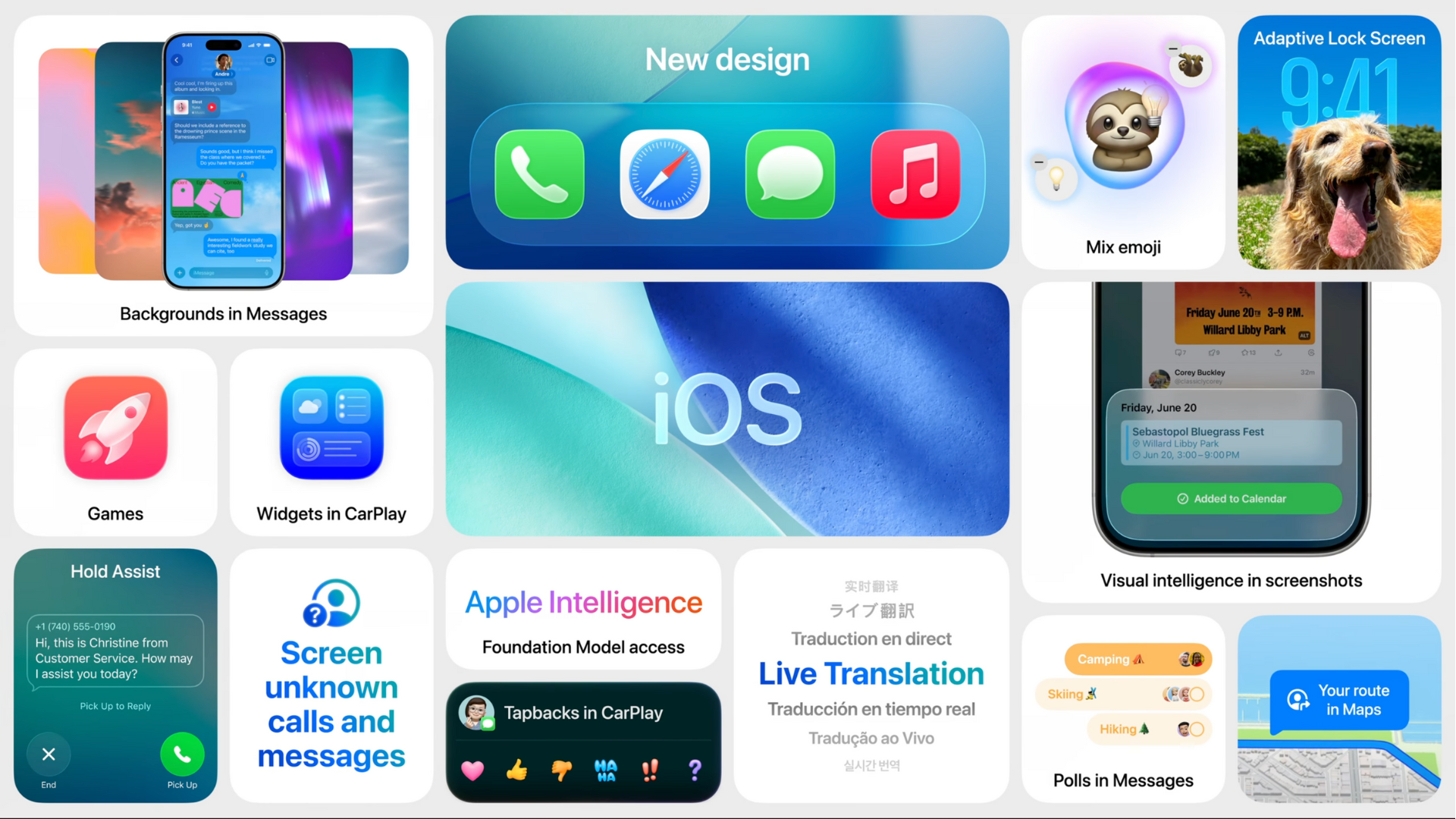It’s official: iOS 26 will roll out later this year, along with its other operating system siblings. But why did Apple change the years-old naming convention? Is it because the current numerical monikers are confusing, an all-new Liquid Glass user interface that unifies the design across different platforms, or something else entirely? Let’s find out.
Apple’s Current Naming Scheme Is Confusing at Best
The current lineup of operating systems from Apple, namely iOS 18, watchOS 12, and macOS 15, all carry different version numbers, often making it difficult to determine the latest version from the older ones. This is because these operating systems debuted in separate years, and every subsequent version was referred to by adding a ‘+1’ to the name.
While I don’t have to think twice about the current iOS, iPadOS, and macOS versions (since I use these operating systems on a daily basis), many users find the version numbers chaotic and difficult to remember at best. The state of confusion with numbers isn’t just applicable to end-consumers but also to developers and stakeholders.
Going Forward, All Operating Systems Will Share the Numerical Moniker
Changing the name of all the operating systems and using the same numerical moniker for each will resolve this issue once and for all. From what it looks like, Apple’s host of operating systems will be named after the subsequent year, similar to how automakers name their vehicles.
So, in the future, Apple’s software lineup will consist of iOS 26, iPadOS 26, macOS 26, watchOS 26, tvOS 26, and visionOS 26.
But why iOS 26? The operating system will roll out in the fall, with only three months left in 2025. Apple wouldn’t want the name to sound outdated for the rest of the nine months in the product cycle, and hence, naming it after the year it will predominantly serve—2026—makes a lot of sense, even if the iPhone 17 (which will only run iOS 26 and later) arrives in 2025.
Fresh Branding Commemorates a Major UI Overhaul
Skipping several version numbers, from iOS 19 to iOS 25, suggests that the company views iOS 26 as a generational leap for its operating system rather than just an incremental update over the previous one. And that could hold true in terms of the new design language, which Apple refers to as “Liquid Glass.”
Although I won’t dive into the debate about whether the Liquid Glass design is functional or simply an aspirational visual overhaul, it includes multiple subtle yet noticeable changes, as Apple says it “makes even the simplest of interactions more fun and magical.”
At its core, the visual overhaul centers on translucent layers of visual elements (such as apps, the Control Center, a drop-down menu, and so on) that mimic refraction, respond to movement, and provide a sense of enhanced depth and fluidity.
While the new design language should be evident in the smallest on-screen elements, such as buttons, switches, sliders, and media controls, Apple has also updated the controls, toolbars, and navigation options within apps, now configured for a display with rounded corners.
Additionally, there are new Lock Screen and Home Screen features, including a Clear Look theme that features transparent app icons and on-screen text. Given that the Liquid Glass schematics are followed for all operating systems, including iOS, iPadOS, and macOS, this could be the reason behind changing the names and referring to them by the same number.
iOS 26 Aligns With Apple’s Fiscal Calendar
However, there could be another reason for renaming all the operating systems after the upcoming year. You see, Apple’s fiscal year doesn’t coincide with our regular calendar year; it runs from September to September, beginning on the last Sunday of the month. This is around the same time that the company announces its annual iPhone refresh and alongside the release of new software.
Connecting the dots, iOS 26 (along with all its siblings) will roll out at the beginning of Apple’s new fiscal year 2026. Hence, by having the software version correspond to the fiscal year in which its economic impact will be the most significant, Apple is internally streamlining the process of financial analysis and investor communication.
Or maybe it was just time for a change? Who knows.




